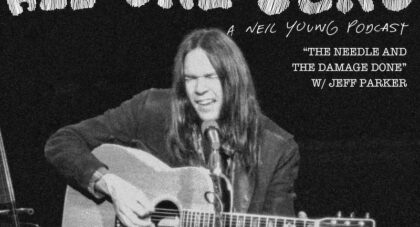Is True Stories a musical, a comedy, a documentary, or another Talking Heads film? In retrospect, it's all of these things and more. True Stories is an oracular film, predicting the changing landscape of Texas while simultaneously capturing America in all its peculiarities circa the mid-eighties . . .
Only the good shit. Aquarium Drunkard is powered by its patrons. Keep the servers humming and help us continue doing it by pledging your support.
To continue reading, become a member or log in.


